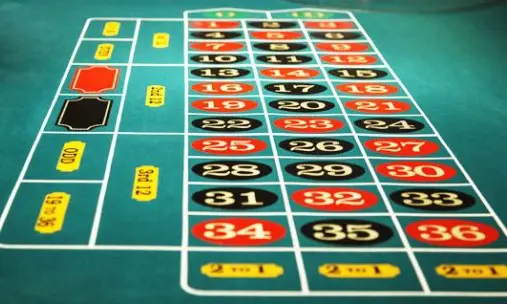Betting systems are structured approaches that lower the house edge of online and land-based casinos. These strategies are not the same as those used in casino games. It is not about how a player manages their money, profits, or recovers from losses. Nevertheless, these are the most popular and well-known betting systems players use.
Anti-martingale
This system is also known as the paroli bet system. Players who use this method double their bets when they win. If the initial wager is $5 and the player wins the bet, the next bet should not exceed $10. To end a winning streak, all wagers must be doubled.
The player who loses must simply return to the initial bets if they are unsuccessful. This anti-martingale was designed to allow players to capitalize on their “hot hand” or winning streak. Members can reduce their losses easily if the odds are not in their favor.
Dopey experiment
The most popular betting system is the dopey experiment. This approach does not guarantee a win, ironically. Andres Martinez, the proponent of this strategy, stated that it is primarily designed to allow players to enjoy roulette. How does it work?
The budget must be divided by 35 (35). For example, if the budget is $140, it should be broken down into 35 parts. Each bet is worth 4 dollars. The experiment is simple: players place bets on a number or color 35 times. This is a fun way to have fun and not exceed their bankroll.\
Labouchere
Labouchere is often referred to as another variation of the martingale method. This is also known as the cancellation method.
Labouchere is a game where players choose a series of numbers and then add the first and the last digits to determine their betting amount. If the series is 5,6,7 and 8, and 9, then players must add 9 to get a total of 14, which will be the initial bet amount. This same process is used to determine the second bet. A 6 and 8 equals a sum of 14. Also, the second bet is 14 since it also contains the number 6.
The player who loses doesn’t have to double their bet. The loser does not need to double their bet. However, the loser must add another number and follow the pattern. The number 10 must be included in a series, as shown in the previous example. This should be added to the first number, which is 5. The result is that the first bet amount to 15.
Also, Labouchere can be used to make roulette.
Martingale
Martingale is the most famous betting system that lowers the house edge. This method is easy to follow. If they lose, members simply have to double their wagers. Its initial purpose is to ensure that players profit from their winnings while recovering from losses.
These are only a few of the many available betting methods. Over the years, many other methods have emerged. These methods may be useful for some people but not for others. However, one thing will work in online casino casinos: knowing how to manage your budget.
Discover the secrets to becoming a certified online casino champion! Discover the secrets of expert strategies and techniques. It’s all right there, as the dealer sees it.
Fibonacci System
Ever heard of the Fibonacci sequence? It’s a famous series where each number becomes the sum of its two predecessors. Starting humbly with 0 and 1, this sequence forms the bedrock of the Fibonacci betting system. This method is particularly popular for games with even odds – think roulette.
So, how does one navigate the Fibonacci maze? It’s simpler than you might think. A loss? Move a step forward in the sequence to figure out your next bet. But, when fortune smiles with a win, take two steps back. Picture this: You start with a $1 bet. Lose, and you’re still at $1. Lose again, and you find yourself betting $2. Then, perhaps $3. When you finally clinch that win, you’ll retreat two steps in this numerical dance, adjusting your bet.
This system has its allure. It aims to exploit winning streaks. But there’s a catch. Losses? They can send your bets skyrocketing alarmingly fast. A word to the wise: Tread carefully. Set boundaries. The Fibonacci is not for the faint of heart.
D’Alembert System
Enter Jean-Baptiste le Rond d’Alembert, a luminary from France with a knack for mathematics. He bestowed upon the gambling world the D’Alembert system. Rooted in nature’s balance, this method rests on a seemingly straightforward idea: wins and losses, over the sands of time, should find a balance.
The D’Alembert is a dance of units. A misstep with a loss? Your bet grows by a single unit. Celebrate a win, and you’ll diminish your bet by that very same unit. Here’s the beauty: Suffer a string of early losses, and the system is poised to recoup with smaller, later wins. The hope? Tipping the scales towards profit.
Yet, let’s not get carried away. A sobering reality check: No betting technique, not one, promises perpetual wins or outfoxes that house edge. Gamblers ought to see these systems as tools, perhaps to elongate the thrill of the game, but not magic wands guaranteeing victory. And always, always gamble with prudence. Know your limits. Bet only what you can part with.


